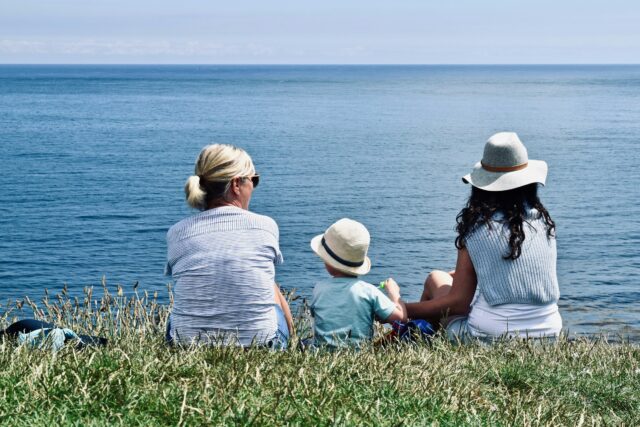Dispelling the Myths around PTSD
By: Natalie Rice-Thorp, Ph.D. | April 30, 2021

As a psychologist, I’ve worked with clients having a wide range of traumatic life experiences including PTSD, or Post Traumatic Stress Disorder, particularly the myths about it coming up again and again. Last year brought a host of unique challenges, significant loss, and intensely stressful experiences, not the least of which included a pandemic. You or a loved one may have experienced such traumatic events, and you might have heard conflicting information about PTSD and who can get it. Let’s separate facts from myths and test your knowledge as follows.
You can’t have PTSD if you were not in the military. True or false?
False. A wide range of traumatic military and civilian experiences can contribute to PTSD. When we talk about a formal diagnosis of PTSD, we look at the situations in which a person was exposed to death, was threatened with death, with serious injury, with sexual violence or actually experienced such assaults. Examples of these types of stressful events include serious car accidents, sexual assault, childhood abuse, domestic violence, and sudden or unexpected death of a loved one.
Only people who experienced military combat can have PTSD. True or false?
False. You need not have participated in combat nor need you have served in the military to have PTSD. See the explanation above.
You can have PTSD but not experience flashbacks. True or false?
True. Flashbacks represent a symptom that some people experience after a traumatic event, but not everyone diagnosed with PTSD has flashbacks.
People with PTSD are dangerous. True or false?
False. A diagnosis of PTSD does not mean that someone is dangerous. Seeing news headlines can lead people to draw this false conclusion. My clients with PTSD are actually less likely to engage with others and are generally more likely to avoid potentially dangerous situations.
Kids can have PTSD. True or false?
True. Kids can experience trauma and develop PTSD too. The most recent edition of the Diagnostic and Statistical Manual of Mental Disorders (DSM-5) includes a developmentally sensitive set of criteria for younger children.
PTSD symptoms show strongest in the years immediately following the trauma, and then they systematically lessen over time. True or false?
False. PTSD symptoms do not necessarily decrease with time. Symptoms can worsen during times of transition in one’s life and can follow other traumatic events. I have clients who felt confused when they retired and experienced more intense PTSD symptoms. With time to relax, they expected to feel calmer, but actually felt worse. When things are quieter and less distracting, our brains tend to see this as the time to process unfinished business left over from traumatic experiences. Last year’s quarantine during COVID exemplifies a slower-paced situation that can exacerbate PTSD symptoms.
Asking people about the trauma they’ve experienced will make them worse. True or false?
False. Talking about a traumatic experience does not necessarily make it worse. In fact, the main parts of empirically supported Cognitive Behavioral Therapy (CBT) treatments for PTSD involve talking about one’s thoughts and feelings about the traumatic event. Well-intentioned people often encourage people who struggle with trauma to “get over it,” or “try not to think about it,” or “move on.” These strategies do not work in the long term and can actually make the PTSD symptoms last longer.
We do have treatments that work well for reducing PTSD symptoms. We have therapies that help people reconnect with their lives. CBT treatments for PTSD (such as Prolonged Exposure and Cognitive Processing Therapy) work well for both military and civilian traumas, and they show effectiveness whether the traumatic event happened a month or decades ago. The treatments can also accommodate trauma histories in cases of multiple traumas. You can talk to a Therapy Changes psychologist to learn more about how these treatments might help you or your loved ones.
Image: Michael Tapp on flickr and reproduced under Creative Commons 2.0



